
Across the annals of history, certain individuals rise to prominence, their lives and deeds casting long shadows that shape generations and redefine the course of human endeavor. These are the figures whose legacies are not merely remembered but are actively woven into the fabric of our collective consciousness, their impact so profound that they earn the distinction of being deemed ‘iconic.’ Understanding what truly constitutes such a towering influence, and how it is recognized and debated, offers a fascinating lens through which to view history itself. From the very language we use to describe greatness to the painstaking efforts of institutions like Time magazine to quantify it, the measurement of legacy is a complex and often contentious undertaking.
Our journey begins by examining the origins and evolution of the term ‘iconic’ itself, tracing its linguistic path and observing its burgeoning presence in modern discourse. We then turn our attention to the lives of those who embody this descriptor, delving into the extraordinary leadership of Abraham Lincoln, a statesman whose actions preserved a nation and reshaped its moral compass. Following this, we explore the groundbreaking intellect of Albert Einstein, recognized as Time’s Person of the Century, and consider the immense influence of other pivotal figures from Time’s celebrated list.
This first section also navigates the intricate challenges inherent in evaluating historical influence, particularly when faced with controversial figures whose impact, though undeniable, is deeply rooted in destruction and suffering. Furthermore, we examine the debates surrounding the inclusion and exclusion of cultural giants and popular entertainers from such definitive lists, revealing the nuanced criteria that shape our understanding of lasting significance. Through these explorations, we gain a deeper appreciation for the multifaceted nature of legacy and the diverse ways in which individuals leave their indelible marks on history.
1. **The Evolving Meaning of “Iconic”: From Etymology to Modern Usage**The adjective ‘iconic’ holds a significant place in contemporary language, often invoked to describe figures, events, or objects that possess an exceptional and widely recognized symbolic importance. Its journey into common parlance, as detailed by the Oxford English Dictionary (OED), reveals a gradual but steady ascent in usage. The OED’s entry for ‘iconic,’ first published in 1899, has not yet been fully revised, indicating an ongoing scholarly effort to refine its understanding and definitions, with its last modifications recorded in July 2023.
The etymological roots of ‘iconic’ trace back to the mid-1600s, with the earliest known evidence appearing in 1656, attributed to the antiquary and lexicographer Thomas Blount. It is a borrowing from Latin, specifically from ‘īconicus.’ This lineage underscores its historical connection to the concept of an image or representation, setting the stage for its modern application to individuals who become symbols of larger ideas or movements.
Measuring the prominence of ‘iconic’ in everyday language reveals a notable upward trend. In 1770, its occurrence rate was approximately 0.012 per million words in modern written English. This frequency saw a substantial increase over the centuries, reaching 0.13 by 1950 and soaring to 1.7 occurrences per million words by 2010. This surge reflects a growing inclination in modern discourse to identify and celebrate figures or phenomena that transcend the ordinary, embodying profound cultural, historical, or intellectual significance.
While the specific four meanings listed in the OED’s entry are not explicitly detailed in the provided context, the increasing frequency of its use strongly suggests its contemporary role in describing individuals and phenomena that are emblematic, representative, and profoundly influential. It has become a concise descriptor for those who leave an enduring and recognizable mark on society, shaping perceptions and inspiring generations.
Read more about: Unraveling the Enduring Legacy: Inside the Multifaceted History and Modern Uses of the Dollar Sign
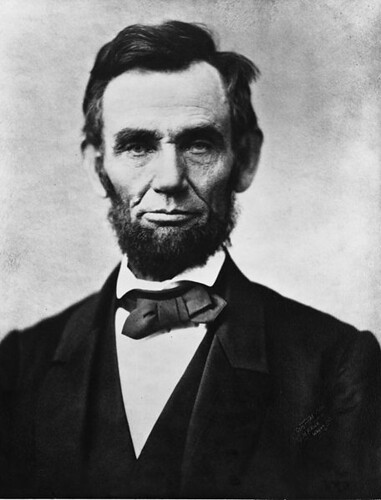
2. **Abraham Lincoln: Architect of Union and Emancipation**Abraham Lincoln, the 16th President of the United States, stands as a monumental figure in American history, revered for his leadership during one of the nation’s most tumultuous periods. Serving from 1861 until his assassination in April 1865, Lincoln skillfully guided the nation through the American Civil War, a conflict recognized as its bloodiest and most profound moral, constitutional, and political crisis. His unyielding resolve ensured the preservation of the Union, a testament to his commitment to national unity.
Beyond preserving the Union, Lincoln’s presidency was transformative. He courageously moved to abolish slavery, fundamentally altering the moral landscape of the nation. His administration also strengthened the federal government, laying groundwork for a more cohesive national structure, and modernized the U.S. economy, adapting it to the demands of a rapidly changing industrial age. Born in Kentucky and raised on the frontier in modest circumstances, Lincoln’s self-education forged a path that led him from a lawyer to a Whig Party leader, an Illinois state legislator, and eventually a Congressman.
Lincoln’s re-entry into politics in 1854, spurred by his anger over the expansion of slavery into prairie lands, marked a pivotal turn. He quickly rose to prominence within the nascent Republican Party, gaining national attention through his 1858 debates with national Democratic leader Stephen A. Douglas during the Illinois Senate campaign. His successful bid for the presidency in 1860, sweeping the North, was a catalyst for Southern states to initiate secession, viewing his victory as a rejection of their constitutional right to practice slavery.
Throughout the Civil War, Lincoln demonstrated exceptional political acumen, navigating a complex landscape of warring factions. He confronted the Radical Republicans, who sought harsher punitive measures against the South, while simultaneously rallying War Democrats to his cause. He also contended with the virulent opposition of anti-war Democrats, known as Copperheads, and the relentless plotting of irreconcilable secessionists. Lincoln’s strategy involved pitting these factions against each other, judiciously distributing political patronage, and consistently appealing directly to the American people.
His leadership was further defined by significant policy decisions. He suspended habeas corpus and masterfully averted British intervention by defusing the Trent Affair. Lincoln meticulously oversaw the war effort, including the critical selection of generals and the implementation of a naval blockade that effectively crippled the South’s trade. As the conflict progressed, he orchestrated the end of slavery, issuing the Emancipation Proclamation in 1863, directing the Army to protect escaped slaves, encouraging border states to outlaw the practice, and relentlessly pushing through Congress the Thirteenth Amendment, which ultimately outlawed slavery across the entire country. His Gettysburg Address, a powerful and concise articulation of national purpose, became an “iconic call for nationalism, republicanism, equal rights, liberty, and democracy.” Tragically, just days after the Battle of Appomattox Court House, he was assassinated by John Wilkes Booth on April 14, 1865, cementing his legacy as the United States’ martyr hero, consistently ranked among its greatest presidents by scholars and the public alike.
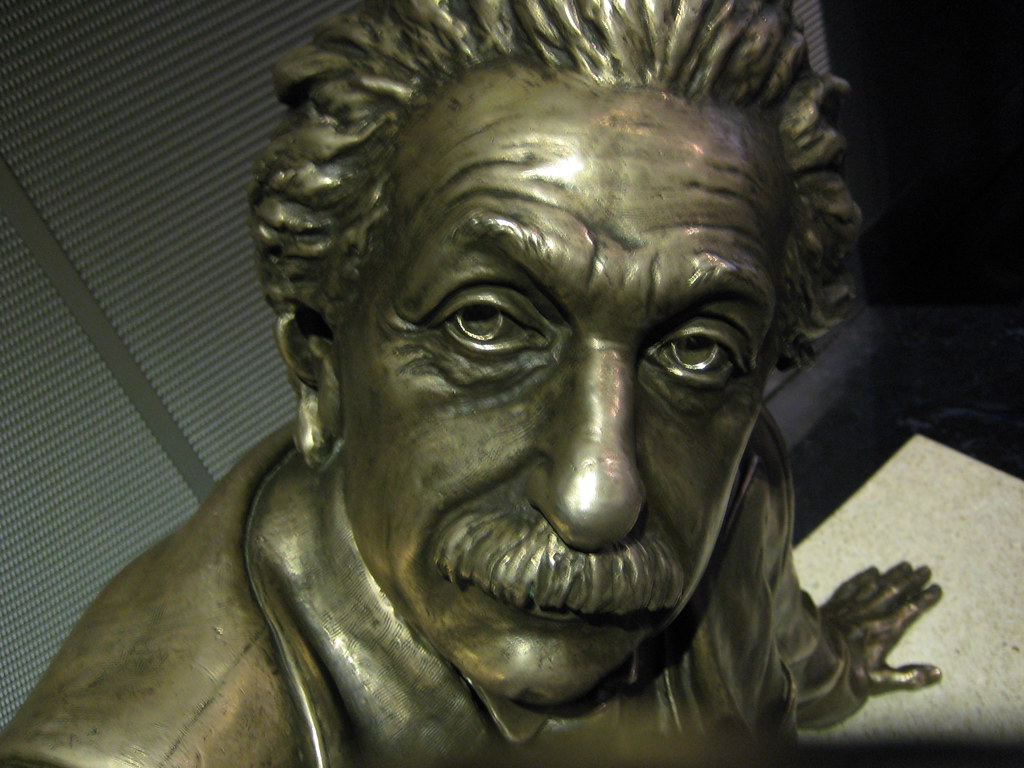
3. **Albert Einstein: Time’s Person of the Century and the Dawn of Scientific Dominance**The close of the 20th century prompted a monumental reflection on the figures who had most profoundly shaped the preceding hundred years, culminating in Time magazine’s influential “Time 100: The Most Important People of the Century” compilation. Published across five issues in 1998 and 1999, this list was born from extensive debate, beginning with a symposium in Hanoi, Vietnam, on February 1, 1998, featuring prominent voices like Dan Rather, Doris Kearns Goodwin, and Walter Isaacson.
Among the diverse array of leaders, artists, builders, scientists, and heroes, one figure emerged as the undisputed “Person of the Century”: Albert Einstein. Announced in a separate issue on December 31, 1999, Einstein’s selection underscored the profound impact of science and technology on the 20th century. The editors of Time articulated their rationale, stating that the 20th century “will be remembered foremost for its science and technology,” and Einstein “serves as a symbol of all the scientists—such as Fermi, Heisenberg, Bohr, Richard Feynman, …who built upon his work.”
Einstein’s preeminence as a scientist, whose theories of relativity fundamentally reshaped our understanding of the universe, made him a natural choice to represent an era defined by unprecedented scientific advancement. His intellectual breakthroughs provided the foundational insights that paved the way for numerous technological innovations and further scientific exploration, making him a singularly fitting emblem for a century that witnessed the atomic age, space exploration, and the digital revolution. His influence extended far beyond theoretical physics, inspiring generations of thinkers and symbolizing the power of human intellect.
The iconic status of Albert Einstein was visually affirmed on the magazine’s cover, which featured the renowned image of him captured in 1947 by American portrait photographer Philippe Halsman. This widely recognized photograph, depicting Einstein with his famously disheveled hair and contemplative gaze, perfectly encapsulated the image of a visionary whose mind transcended conventional thought, solidifying his place not just as a scientific giant but also as a cultural icon of profound influence.
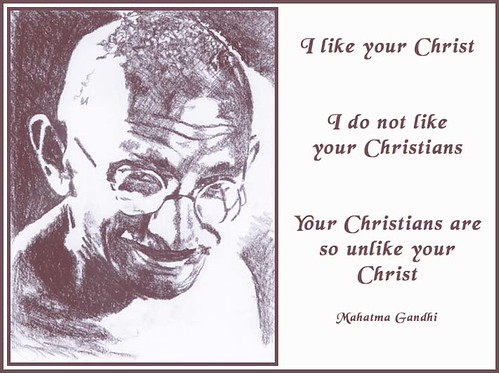
4. **The Influence of Runners-Up: Gandhi and Roosevelt’s Enduring Impact**While Albert Einstein was ultimately recognized as Time magazine’s Person of the Century, the selection process acknowledged other figures of immense global significance through the designation of runners-up. Mahatma Gandhi and Franklin D. Roosevelt were notably singled out for this distinction, signaling their profound and widespread impact on the 20th century. Their inclusion underscores the diverse forms that influence can take, from moral leadership to political statesmanship, and the varied criteria considered in assessing a historical figure’s legacy.
Mahatma Gandhi, though not explicitly detailed in this context regarding the specifics of his influence for the Time list, is universally recognized for his pioneering role in leading India to independence through nonviolent civil disobedience. His philosophy of Satyagraha inspired civil rights movements and leaders across the globe, transcending geographical and cultural boundaries. The fact that he was a runner-up for such a prestigious title highlights his monumental moral authority and his enduring legacy as a proponent of peaceful resistance and social justice, fundamentally altering the landscape of international relations and human rights.
Similarly, Franklin D. Roosevelt, the only American president to serve more than two terms, also earned the distinction of being a runner-up. While the context does not elaborate on the specific reasons for his high ranking, his presidency spanned the Great Depression and most of World War II, periods that demanded unprecedented leadership and ushered in significant governmental and social reforms in the United States. His presence among the top contenders for Person of the Century attests to his formidable political influence and his capacity to steer a nation through extraordinary crises, shaping its economic future and its role on the global stage.
The recognition of Gandhi and Roosevelt as runners-up alongside Einstein emphasizes the multi-faceted nature of influence that defined the 20th century. It suggests that while scientific advancement was paramount, the century was also shaped by profound moral courage and decisive political leadership. Their enduring legacies, though different in nature from Einstein’s, were deemed equally critical in shaping the course of history, meriting their place at the apex of Time’s comprehensive evaluation of the century’s most important people.
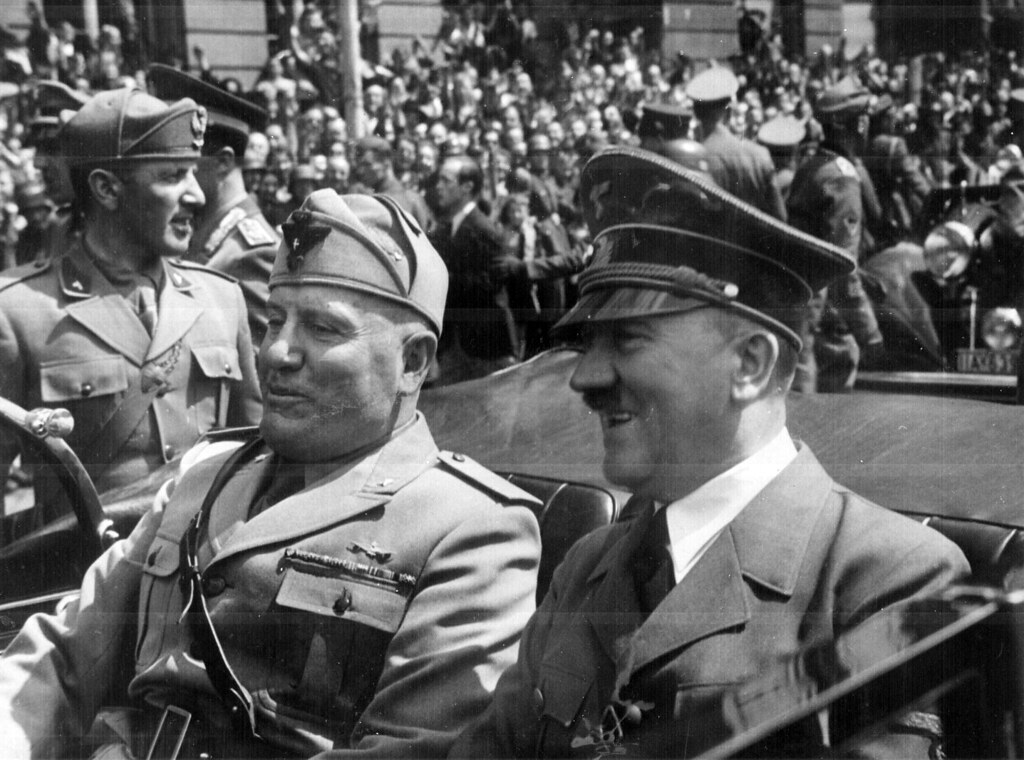
5. **The Dilemma of Influence: Examining Hitler and Mussolini’s Place in History**The process of compiling a list of the century’s most influential people inevitably sparks intense debate, particularly when considering figures whose impact, though undeniable, is rooted in immense suffering and destruction. Such was the case with Adolf Hitler and Benito Mussolini, whose potential inclusion as Persons of the Century provoked considerable controversy within the discussions for the Time 100 list. The debate centered on whether these architects of global conflict and mass atrocities should be recognized for their “influence in politics,” adhering to Time’s explicit criterion that chosen persons should have the “greatest impact on this century, for better or worse.”
The fundamental tension lay in reconciling the concept of influence with moral rectitude. While Hitler was unequivocally “responsible for World War II and the Holocaust,” and Mussolini for the “Second Italo-Ethiopian War,” their catastrophic actions undeniably reshaped the 20th century. This presented a profound ethical quandary: can one acknowledge their historical impact without implicitly validating their abhorrent ideologies and crimes? The discussion forced a reckoning with the definition of ‘influence’ itself, pushing it beyond purely positive connotations.
Essayist Nancy Gibbs addressed this contentious topic in her article, “The Necessary Evil?”, published in the same December 31, 1999, issue of Time. Gibbs argued that Hitler and Mussolini “were simply the latest in a long line of murderous figures, stretching back to before Genghis Khan.” Her perspective highlighted that the nature of evil itself was not new, but rather its scale and efficiency in the 20th century. She observed, “The only difference was technology: Both Hitler and Mussolini went about their cynical carnage with all the efficiency that modern industry had perfected.”
Gibbs’s analysis further deepened the ethical considerations by posing rhetorical questions that challenged readers to weigh different forms of influence. She asked whether “Evil may be a powerful force, a seductive idea, but is it more powerful than genius, creativity, courage or generosity?” This line of questioning underscored the difficulty in comparing the destructive influence of figures like Hitler and Mussolini with the transformative, positive impacts of individuals like Einstein, Gandhi, or Roosevelt. The debate highlighted that influence, in its rawest form, is simply the capacity to effect change, regardless of its moral implications, yet acknowledging it for a historical list still requires a sensitive and thoughtful approach.
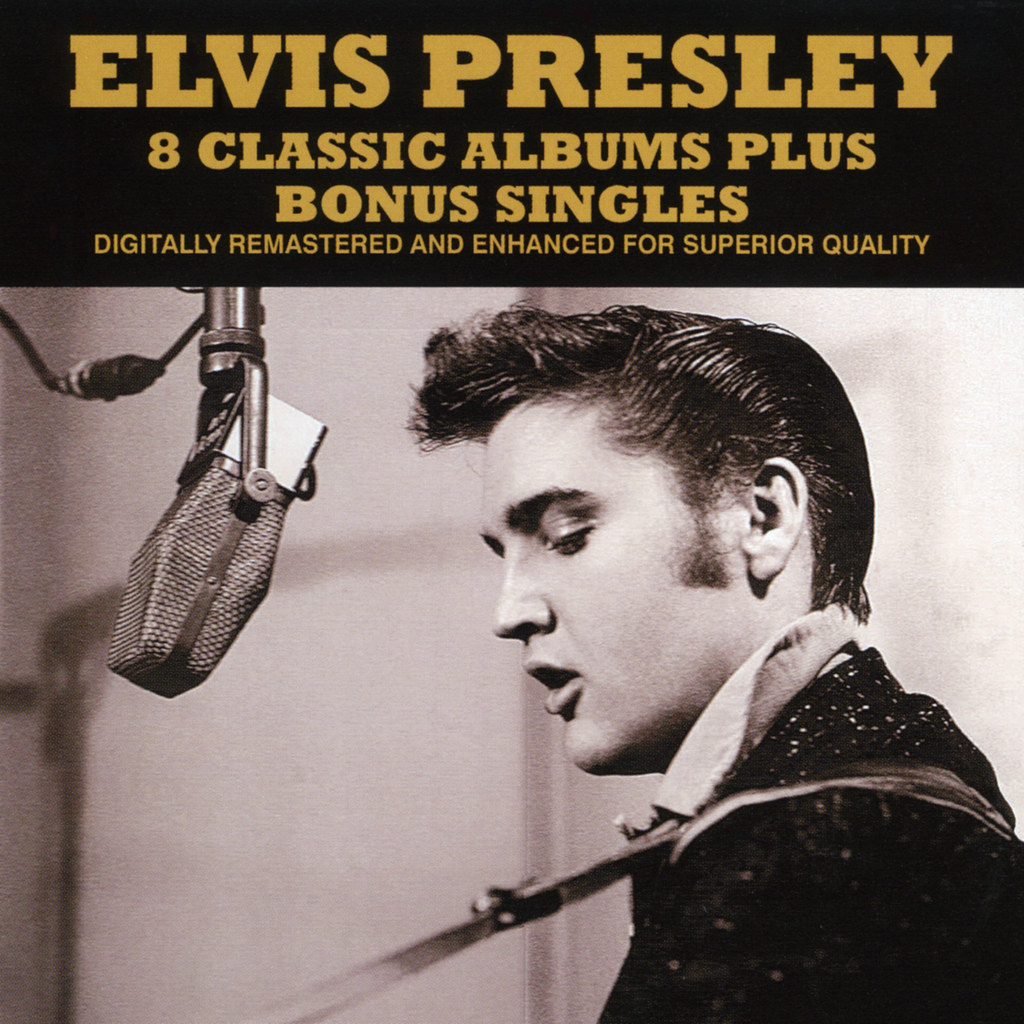
6. **The Omissions: The Case of Elvis Presley in the Time 100**Beyond the controversies surrounding problematic figures, Time magazine’s “100 Most Important People of the Century” also faced criticism for certain notable omissions, particularly from its “Artists and Entertainers” list. One of the most prominent criticisms centered on the exclusion of Elvis Presley, a figure widely regarded as the “King of Rock and Roll” and a monumental force in 20th-century popular culture. This decision sparked considerable debate among critics and the public, prompting Time representatives to articulate their reasoning.
Bruce Handy, a representative for Time magazine, offered a defense of Presley’s exclusion that illuminated the nuanced criteria applied to the category. Handy explained, “One of the most important, innovative things about rock is the whole notion of songwriters singing their own works, of the immediacy of expression.” This emphasis on artistic originality and self-authorship, he suggested, was a key factor. He continued, “Since Elvis didn’t write his own material, unlike The Beatles or Bob Dylan or Robert Johnson, who’s also someone who could have been included, maybe that cut against him…”
Handy’s argument highlighted a specific philosophical stance regarding artistic contribution: that the authentic expression stemming from a musician’s own creative writing held greater innovative weight. He further elaborated on this point by contrasting Presley with other musical titans, stating, “I think the Beatles pushed the envelope a lot further. Elvis’ most original recordings were his first. The Beatles started out as imitators, then continued to grow throughout their years together.” This perspective implied that while Presley’s initial impact was groundbreaking, his later career, and his role as an interpreter rather than a creator of songs, might have been seen as less continuously innovative compared to artists who evolved their craft through original composition.
The omission of Elvis Presley, despite his unparalleled popularity and profound cultural footprint, underscores the subjective and often contentious nature of defining “most influential” in artistic realms. It revealed that for Time’s editors, the measure of influence extended beyond raw popularity or iconic status to encompass elements of continuous artistic innovation, creative authorship, and the pushing of genre boundaries, leading to a different assessment of his ultimate impact compared to other musical legends.
Even as Time magazine grappled with the definition of historical significance for figures like Elvis Presley, its ‘100 Most Important People of the Century’ compilation continued to spark lively debate across diverse cultural landscapes. The challenges of assessing influence extended beyond political leaders and artistic giants, delving into areas that often blurred the lines between popular culture and profound societal impact, or even between illicit activities and undeniable historical consequence. These further controversies offer a revealing look at the subjective nature of evaluating a century’s most defining individuals.

7. **The Contentious Selection: Lucky Luciano and the ‘Modernized’ Mafia**The debates surrounding Time’s choices reached a different, more ethically charged crescendo with the inclusion of Lucky Luciano, a notorious organized crime figure. Luciano was selected in part because, as Time stated, “he modernized the Mafia, shaping it into a smoothly run national crime syndicate focused on the bottom line.” This justification, while acknowledging his significant impact on an illicit but economically powerful sector, immediately drew fierce criticism and ignited a public outcry.
New York Mayor Rudy Giuliani emerged as a prominent voice of opposition, accusing Time of “romanticizing” gangsters and distorting historical realities. Giuliani unequivocally stated, “The idea that he civilized the Mafia is absurd. He murdered in order to get the position that he had, and then he authorized hundreds and hundreds of murders.” His critique highlighted the moral implications of recognizing such a figure for his efficiency in crime, arguing that it overlooked the profound violence and human cost associated with his actions.
Further criticism emanated from academic and community circles. Philip Cannistraro, a Queens College professor of Italian-American studies, publicly denounced the selection as an “outrage,” emphasizing the detrimental impact of perpetuating stereotypes. Thomas Vitale, the New York State vice president of Fieri, an Italian-American charitable organization, echoed these sentiments, criticizing Time for “perpetuating myths” about Italian-Americans and suggesting that such an inclusion was insensitive and misleading.
In defense of the controversial choice, Time business editor Bill Saporito maintained that the magazine’s objective was to identify individuals who had a “deep impact on the underground economy” and “influenced our lives,” rather than to “heap glory on these people.” Saporito described Luciano as “kind of an evil genius,” further noting that “every piece of merchandise that came out of the Garment District had a little extra cost in it because of organized crime.” This defense underscored Time’s consistent criterion of impact, “for better or worse,” extending even to figures whose influence was undeniably destructive.
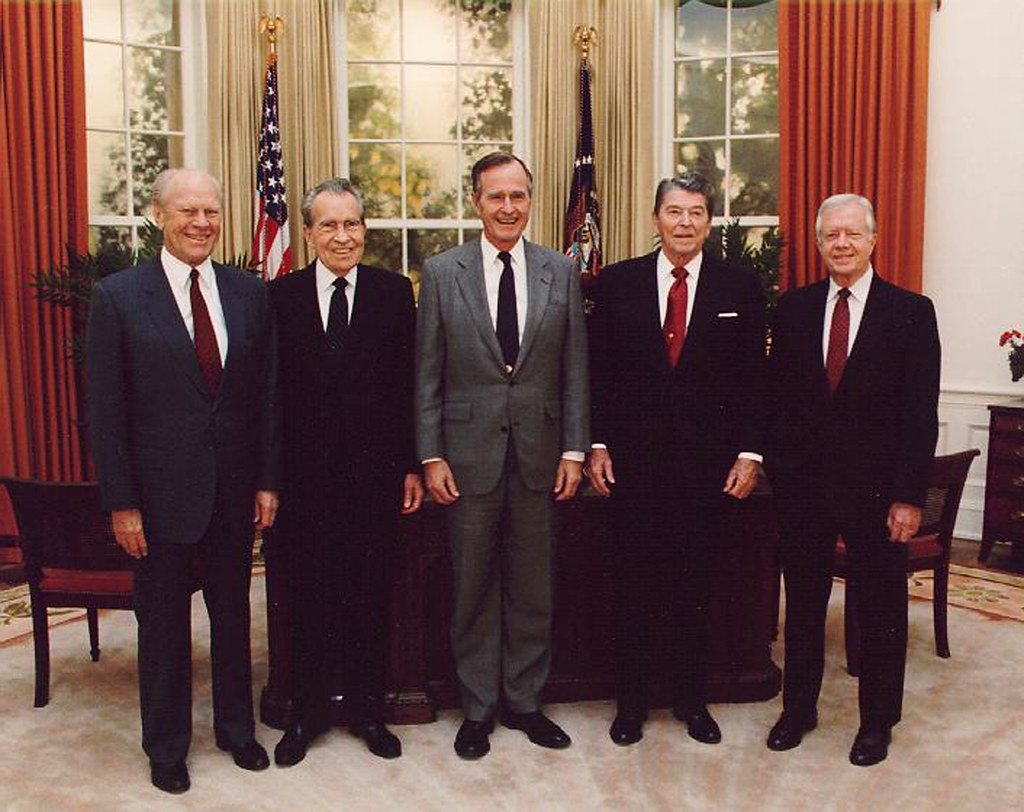
8. **The Power of Final Utterances: Presidential Last Words as Legacies**Shifting from the public deliberations over historical influence, a different, more intimate window into the lives and legacies of prominent figures can be found in their final spoken words. While no official office certifies the last utterances of presidents, and accounts can sometimes be apocryphal or secondhand, these parting thoughts frequently offer profound insights into their character, their priorities, and their enduring place in the nation’s narrative. They are whispers of history, often revealing a final distillation of a life lived in the public eye.
The inherent challenges in accurately reconstructing these last moments are considerable. Some presidents, like Ronald Reagan in his final throes of Alzheimer’s, or the centenarian Jimmy Carter, were no longer able to communicate coherently from their deathbeds. For others from the early American Republic, the details are often gleaned from family members or attendants, sometimes decades later, introducing an element of historical guesswork. This makes the interpretation of these powerful statements a delicate yet rewarding endeavor.
Despite the varying degrees of verification, there remains an undeniable value in interpreting these parting thoughts for future generations to ponder. These final words, whether profound or seemingly mundane, can encapsulate elements of a president’s enduring legacy, reflecting their deepest convictions, their final concerns, or even a moment of peace. They provide a humanizing glimpse into the individuals who bore the immense responsibility of leading a nation, reminding us that behind the titles and historical narratives were people facing their ultimate moment.
Across the spectrum of presidential departures—from sudden, tragic ends to peaceful, long-awaited finales—their last words offer a unique form of historical testament. Some expressed regrets, others contentment, and many held an expectation of a different chapter beyond this life. None, as far as records indicate, anticipated a darker afterlife, though the weight of their decisions might have suggested otherwise for some. The following are a few examples that stand as poignant reflections on lives of unparalleled service.

9. **George Washington: The Dignity of a Founding Father’s Farewell**George Washington, the revered first President of the United States, concluded his extraordinary life with a remarkably concise and resonant statement. His final words, steeped in the quiet dignity that characterized his leadership, offer a glimpse into the composure of a man who had guided a fledgling nation through its most precarious formative years.
On December 14, 1799, as his life drew to a close at Mount Vernon, surrounded by his devoted wife and physicians, Washington’s final confirmed utterance was recorded. It was a simple yet profoundly impactful phrase that resonated with his lifelong commitment to duty and order: “‘Tis well.”
This succinct declaration has been widely interpreted as a testament to Washington’s characteristic composure and acceptance. In its brevity, the phrase conveyed a sense of completion, a final acknowledgment that his earthly duties were fulfilled and that he was prepared for what lay beyond. It underscored the image of a leader who faced his mortality with the same unwavering resolve he demonstrated on the battlefield and in the halls of governance, leaving behind a legacy of profound stability and foundational leadership.

10. **Abraham Lincoln: A President’s Intimate Final Exchange**Abraham Lincoln, whose monumental efforts preserved the Union and abolished slavery, met his end under the most tragic circumstances imaginable, assassinated just days after the Civil War concluded. Yet, even in the immediate moments preceding the fatal shot, his final words revealed a tender, human side, a brief, intimate exchange with his wife amidst a public setting.
On the evening of April 14, 1865, at Ford’s Theatre, Lincoln was seated with his wife, Mary Todd Lincoln, and their companions. Accounts of that fateful night highlight a brief, personal moment shared between the President and the First Lady. Mary Todd had reportedly leaned on her husband, perhaps seeking comfort or intimacy, and expressed a concern about propriety.
Her specific worry, as recorded, was about what their female theater companion would think if she saw Mary Todd “hanging” on her husband in such a public manner. It was in response to this small, domestic anxiety that the President uttered his final words, a comforting reassurance to his wife: “She won’t think anything about it.”
This poignant exchange, occurring mere seconds before the assassin’s bullet forever altered American history, offers a powerful humanizing detail to Lincoln’s towering legacy. It captures a fleeting moment of marital affection and everyday concern, underscoring the man behind the legendary statesman. His final words, far from being a grand pronouncement, were a simple act of reassurance to his beloved wife, cementing his image not only as a martyr hero but also as a devoted partner.
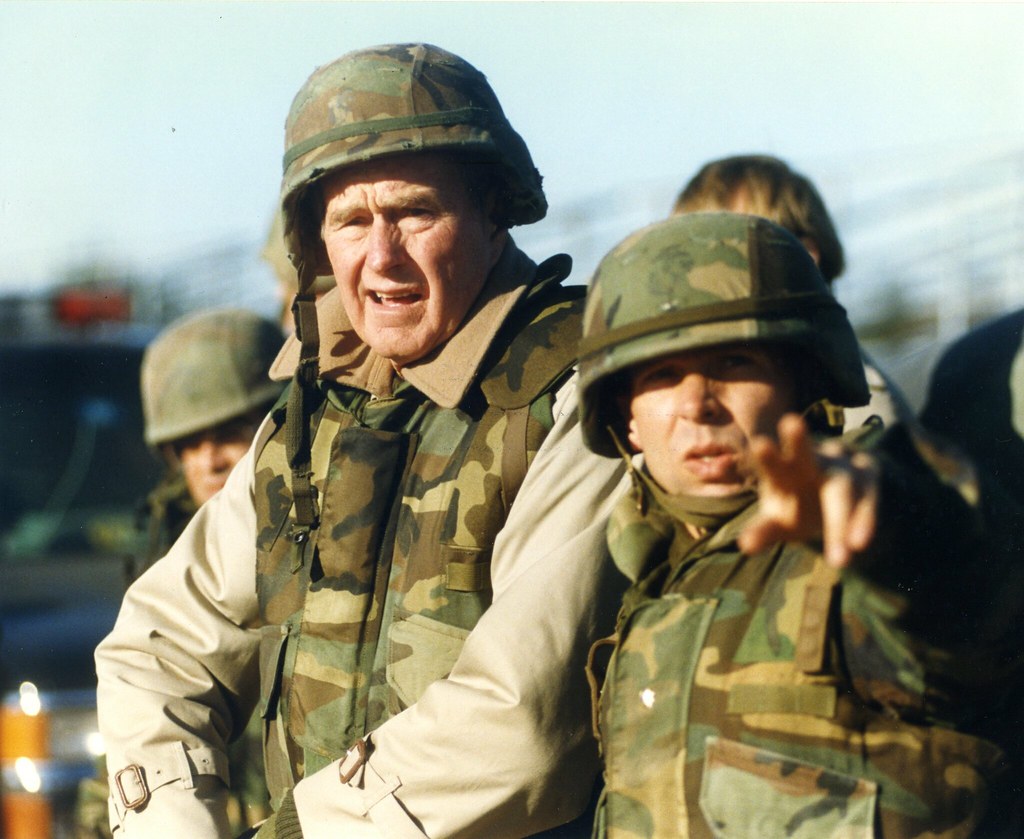
11. **George H.W. Bush: A Final Exchange of Love**George H.W. Bush, the 41st President of the United States, passed away in 2018 at the age of 94, leaving behind a legacy of distinguished service. His final moments were characterized by a deeply personal and emotionally resonant exchange with his eldest son, former President George W. Bush, highlighting the enduring bonds of family and affection that shaped his life.
In the final minutes before his death, as he lay in his Texas home, a telephone call was placed to his son, George W. Bush. This intimate conversation allowed for a last farewell between a father and his son, a poignant moment in a relationship that had spanned decades of public service and private life.
During this call, the younger Bush conveyed a message of profound love and affirmation to his ailing father. He told his father that he loved him and that he had been a “wonderful Dad,” expressing the deep admiration and gratitude of a son for his father’s lifetime of guidance and affection.
George H.W. Bush’s reply was simple, immediate, and utterly heartfelt, encapsulating the essence of their bond. His last words, spoken with clarity and warmth, were: “I love you, too.” This direct affirmation of reciprocal love served as his final communication, a powerful testament to the central role of family in his life.
This final exchange provides a moving capstone to a life defined by public duty, illustrating that even for a global statesman, the most powerful and enduring messages are often those of personal connection and affection. His last words underscored a legacy that, alongside geopolitical achievements, valued the profound human ties of family and love, offering a touching insight into the man behind the presidency.
From the meticulous linguistic charting of what constitutes an ‘iconic’ figure to the intricate and often contentious process of enumerating historical impact, and finally, to the intimate, revealing whispers of leaders’ last words, the journey through towering legacies is multifaceted. It reminds us that influence manifests in myriad forms—be it through scientific revolution, political leadership, cultural saturation, or the quiet dignity of a final farewell. Whether shaping nations through grand deeds or leaving a mark through deeply personal expressions, the lives of these individuals continue to provide invaluable lessons and shape our collective understanding of history and the human experience. Their stories, debates, and final sentiments collectively illuminate the profound and enduring ways in which certain figures transcend their time, becoming indelible parts of the human story.





